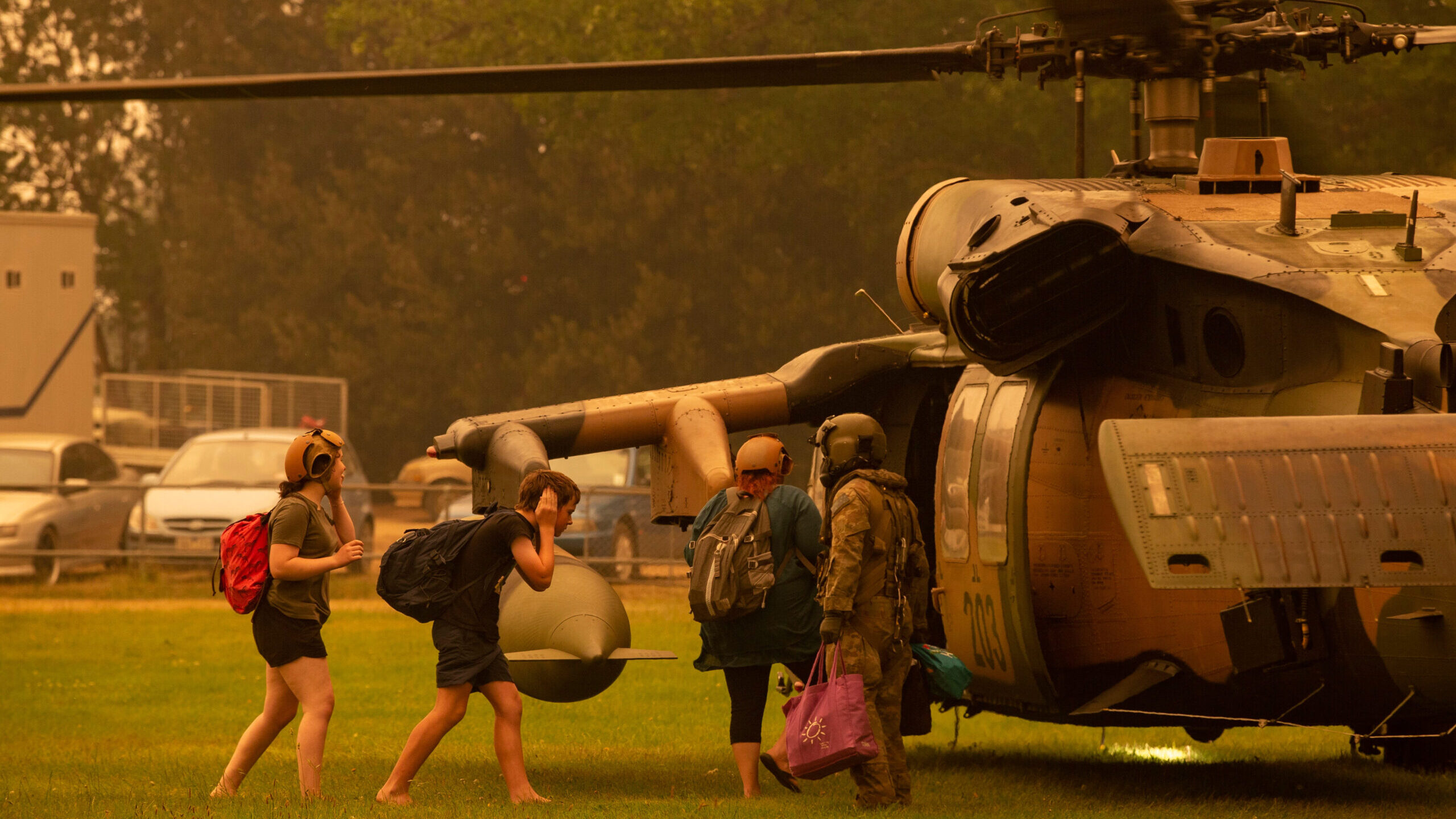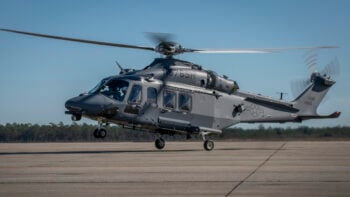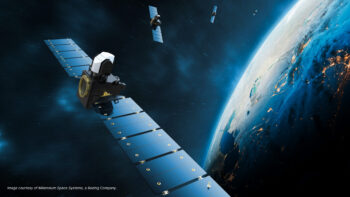
An Australian Army soldier helps people evacuate onto a Blackhawk helicopter during Operation Bushfire Assist 19-20. Credit: ADF Cpl. Nicole Dorrett
LANPAC 2023 — Australia’s army, facing a rapidly changing strategic landscape, is grappling with readiness woes as it struggles to maintain troop levels, replace and maintain aging weaponry, while deploying up to 20 percent of troops for operations like combatting bushfires and coping with grey zone conflict.
“The hard truth for us is that we are consuming readiness faster than we can build it,” Lt. Gen. Simon Stuart, head of the Australian Army told several hundred attendees of the tenth LANPAC conference here in Honolulu. Meanwhile, the diggers were training, taking part in large-scale exercises with allies and partners.
“So our force did this all while transforming our army to be better connected, protected, lethal and enabled, making a greater contribution at the operational and strategic levels through new and enhanced capabilities. All of this time, resources — money, people and machines were under increasing pressure. We’ve seen an increased demand for budget as costs rise due to inflation and consistent challenges to our workforce, including recruiting and retention. And there have been increased demands on our vehicles and our equipment,” Stuart said.
But Stuart said he took US President Theodore Roosevelt’s purported maxim that “you do what you can with what you’ve got, where you are.” (The Roosevelt Center says Teddy credited a friend with the quote, though he used it.) “We must consider President Roosevelt’s Maxim through the lens of a strong and abiding partnerships with allies and regional partners… Because in an era of great power competition, having more friends, is frankly, a much better situation than having less.”
He told the audience that “that is really the standard that we work to every day.”
There is help to be had from technology. “Our formations are becoming increasingly specialized, and we will increase the use of emerging technology, robotics and autonomous systems, the application of AI and machine learning, quantum technology in human performance optimization throughout and across every aspect of our force,” the commander said.
Like the Pentagon, he said the Aussie military is diving headlong into autonomous technology.
“Some examples include the application of autonomy. We’ve conducted live force experimentation with one of our mechanized infantry units, testing and evaluating a combat team through combat vehicles as part of the battle group. We worked with industry and academia to develop the algorithms and sensors to effect an autonomous drive system. It’s easy on civilian roads and a little more difficult among the clutter of our operating environment,” Stuart said.
The army has also been experimenting with electric propulsion technology, which is helping to improve sustainability in the field.
In the face of extremely low unemployment in Australia, made more challenging by three years without immigration, retaining soldiers may be the general’s greatest readiness challenge. “In short, we need to stop the hemorrhage of people,” he said, responding to a question from the audience. With top-paying companies competing for the same people, he said the army needs to offer the unique sense of purpose that comes from serving one’s country.






















